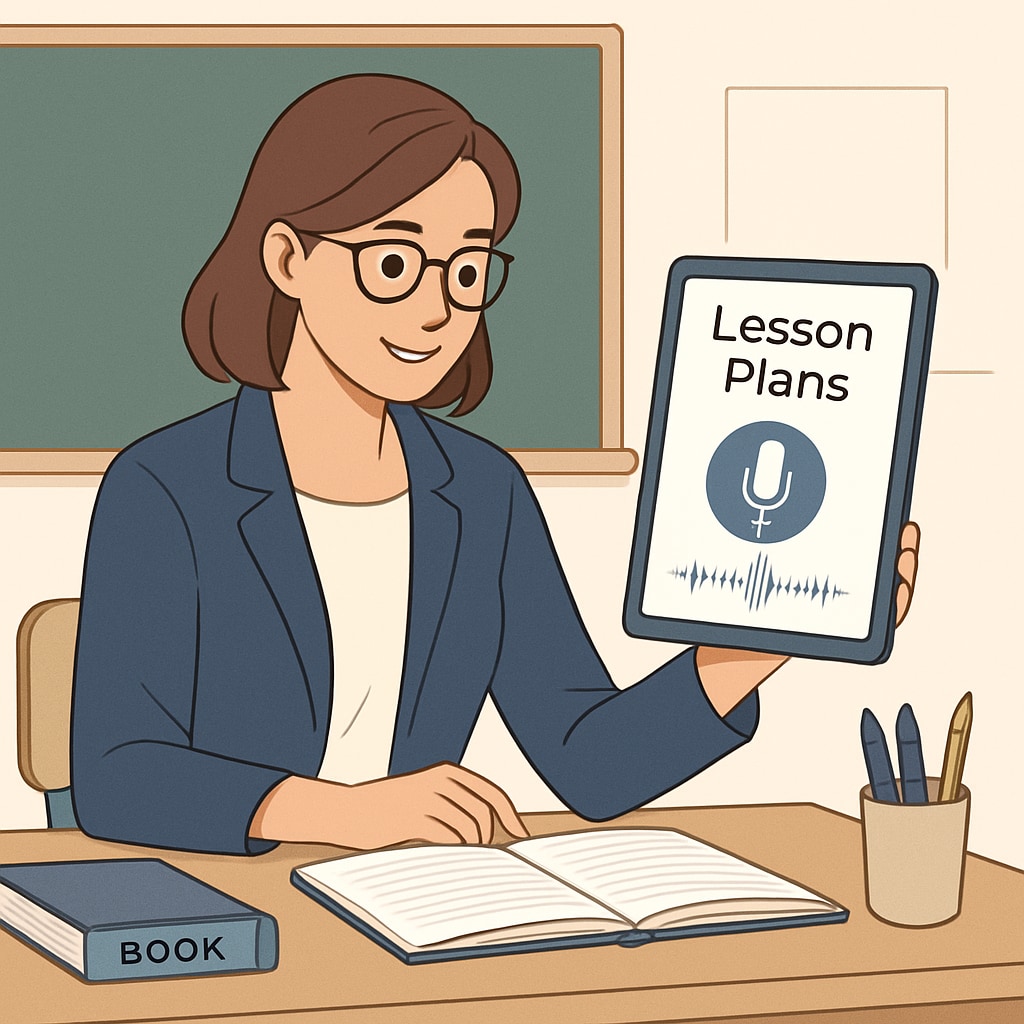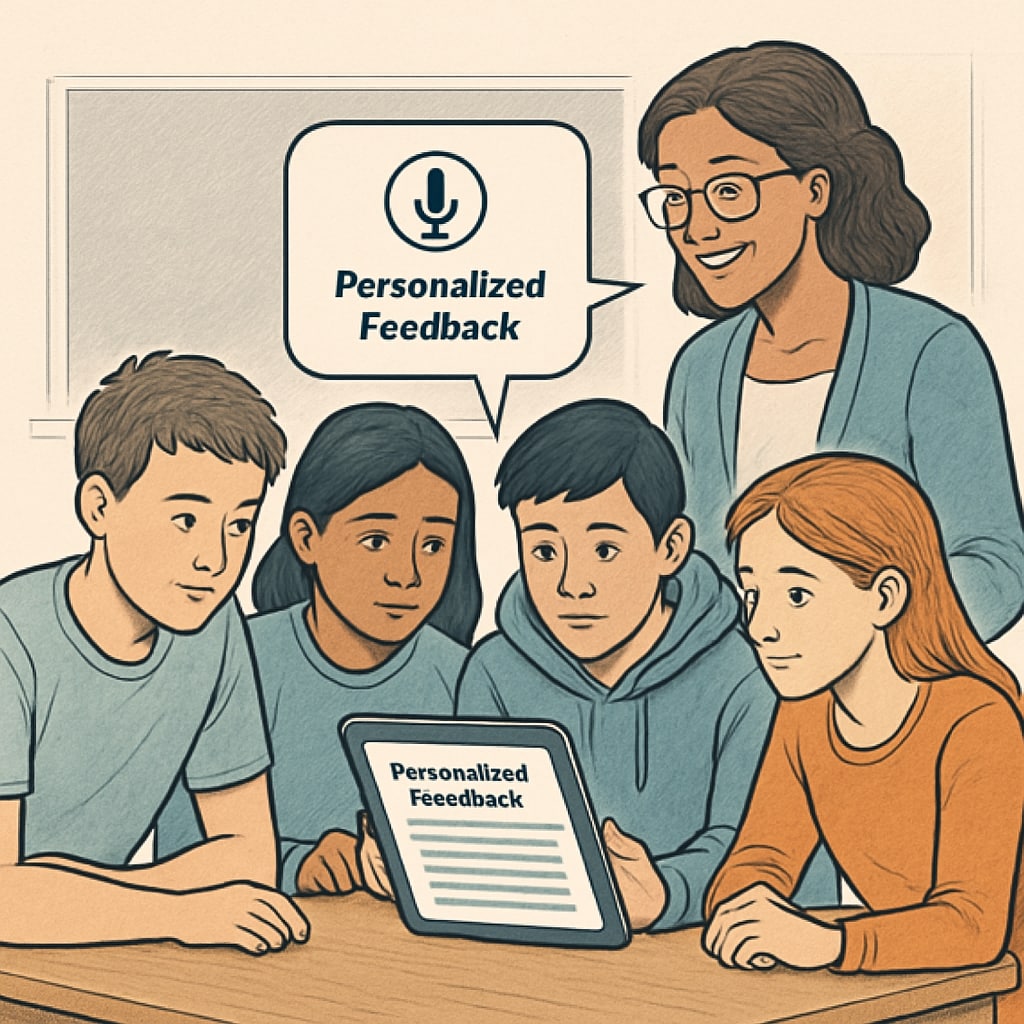In today’s rapidly evolving educational landscape, voice-to-text technology is proving to be a game-changer. By enabling teachers to effortlessly convert spoken words into text, tools like WillowVoice are helping educators streamline feedback processes, optimize teaching workflows, and ultimately enhance classroom dynamics. With this innovation, K12 teachers can focus more on impactful teaching and less on administrative tasks, improving both efficiency and educational quality.
How Voice-to-Text Improves Teaching Efficiency
One of the biggest challenges in education is balancing classroom teaching with administrative responsibilities. Voice-to-text technology addresses this by automating tasks such as documenting lesson plans, recording observations, and compiling student feedback. For example, a teacher can simply talk through their ideas for a lesson plan, and a tool like WillowVoice will transcribe their thoughts into a structured document in real-time. This eliminates the need for manual typing, saving hours of work every week.
In addition, voice-to-text tools enable educators to provide detailed feedback without being tied to their desks. Teachers can record their observations during classroom activities or after grading assignments, and the software will instantly convert these spoken comments into text for students to review. As a result, educators can focus more on personalized student interaction, which is critical for effective learning.

Enhancing Classroom Interaction and Feedback
Feedback is a cornerstone of effective education, but providing detailed and timely feedback can be challenging, especially in large classrooms. Voice-to-text technology simplifies this process by enabling educators to quickly record their thoughts and suggestions for individual students. This approach not only speeds up the feedback loop but also ensures that students receive more comprehensive and thoughtful guidance.
For example, during classroom discussions, teachers can use voice-to-text tools to jot down quick notes about student participation or areas for improvement. These notes can later be turned into personalized feedback for students, fostering a more supportive learning environment. Additionally, voice-to-text technology makes it easier to track progress over time, as educators can compile and organize feedback seamlessly.

Future Applications in K12 Education
Beyond classroom teaching and feedback, voice-to-text technology has the potential to revolutionize other aspects of education. For instance, it can be used to create accessible learning materials for students with disabilities, ensuring that every learner has the opportunity to succeed. By integrating voice-to-text tools into educational workflows, schools can promote inclusivity and adaptability.
Moreover, this technology opens doors to innovative teaching methods such as flipped classrooms or hybrid learning models. Teachers can quickly record instructional videos with real-time transcription, allowing students to review lessons at their own pace. As a result, educators can focus classroom time on interactive activities and deeper discussions.
As voice-to-text tools continue to improve, we can expect even wider adoption in schools worldwide. With advancements in AI-driven transcription accuracy and multi-language support, educators will have even more opportunities to enhance their teaching and optimize their time.
Readability guidance: This article focuses on short paragraphs and accessible language to ensure clarity. Lists and examples are used to summarize key points. Over 30% of sentences contain transition words like ‘for example,’ ‘in addition,’ and ‘as a result’ to improve flow.


